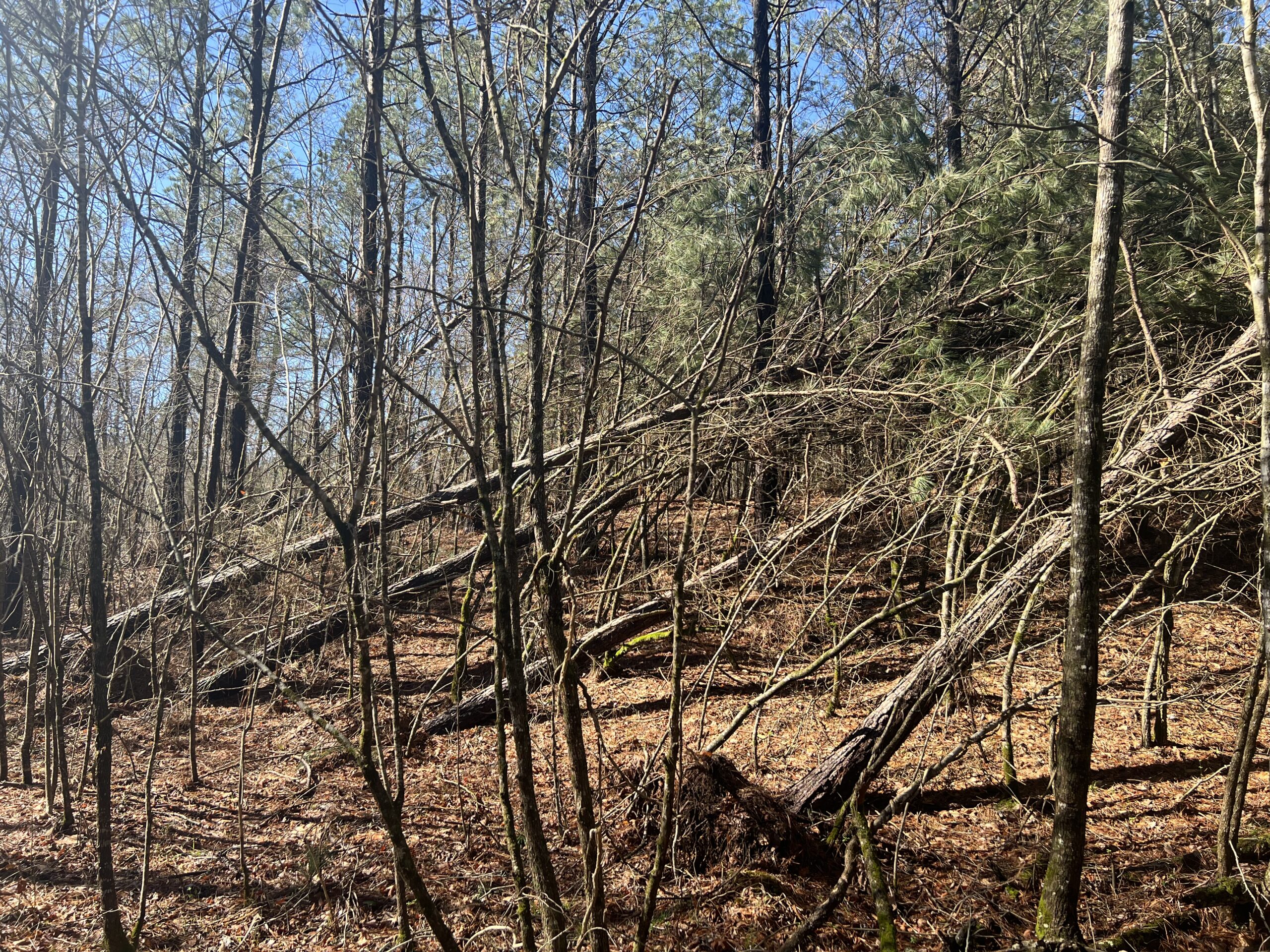Arkansas Weed Identification, weeds of arkansas: Classifying Weeds.
Updated: Aug 10, 2023
The first step to weed control is weed identification. Once an applicator identifies an Arkansas weed, they can find the best herbicide to control it. By knowing what class a weed falls under, they can quickly narrow down the long list of arkansas weeds.
Knowing which weed it is is also helpful for identifying issues that may be affecting turf health. For example, some weeds favor compacted soil while others prefer overly saturated soils.
The majority of arkansas weeds fall under one of four classifications. They are grasses, broadleaves, sedges and rushes.
Grassy Weeds – weeds of arkansas
Grassy weeds as the name implies are types of grass. They are considered a weed because they lack qualities that make for a good lawn. Grassy weeds are a monocotyledonous plant. You may also hear them referred to as monocots.
This means they only have one leaf when the seed germinates. They will grow quickly and the seed leaf is replaced by adult leaves.
These leaves will be alot longer than they are wide and will have parallel veins. The flower head of grasses is the seed head. Grassy weeds can be annual weeds or perennial weeds. Grassy weeds have a round hollow stem.
The seed head is often the easiest way to identify grass weeds. Some common types of weeds include crabgrass, goosegrass, annual blue grass, quackgrass and dallisgrass. These are the most common grassy weeds invading arkansas lawns.
When attempting to identify specific grassy weeds there are a few things to look for. Be observant to if the leaves are pointed or boat shaped leaves.
Another identifying characteristic is its growth habits. Grasses are typically bunch forming, rhizomatic, or spread by stolons.
Annual blue grass for example is a bunch forming grass. Quack grass is an example of a grassy weed with underground rhizomes. Crab grass is an example of a grassy weed that can produce above ground stolons.
The time of year you begin seeing the weed can help to identify the weed. Crabgrass for example germinates in early spring. Where as poa or annual blue grass germinates near fall.
While most grassy weeds grow vertically some will lay flat or prostrate.
How the leaf comes off the stem can also be an identifying characteristic. They can be 45 degrees off the stem, 90 degrees, and in some plants they twist.
Grassy weeds can be difficult to control because they are often resistant to many herbicides. However, there are some selective herbicides that can be used to control specific types of grassy weeds. It is important to identify the specific type of grassy weed before selecting a herbicide for control.
Broad Leaf Weeds
Broad leaf weeds are dicotyledonous, often called dicots for short. Dicots have two leaves when the weed seed germinates. The adult leaf structure of broad leaf weeds develop net like veins. Unlike grasses, broad leaf weeds often have colorful flowers.
When to comes to weeds of arkansas, there are alot of broad leaf weeds. These noxious weeds include white clover and its white flowers, dandelion, and henbit among many others.
Alot of the same characteristics used to identify grassy weeds can be used to identify specfic broad leaf weeds. Spurge for example has many small leaves. Broad leaf plantain has large leaves.
The weeds growing season is an identifying trait. If its hot or cold outside can help identify a weed.
Clover is a cool season broadleaf weed where spurge is a warm season broad leaf weed. Thistles often have jagged leaf edges where plantain weeds are more rounded. Like grasses broad leaf weeds can be annual weeds or perennial weeds. Broadleaf weeds often have specific arrangements and colors of flowers.
Clover, spurge, dandelions and lespedeza commonly attempt to grow in arkansas lawns. Lawn burweed or spurweed is a low growing thorny broadleaf weed often hated in residential lawns.
Sedges
The stem of most sedges will be solid and triangular. Leaves will extend from three sides in a triangular pattern.
Sedge weed identification in arkansas is rather easy. The main sedges in arkansas lawns is yellow nutsedge and purple nutsedge. As you can guess, one is distinctly yellow where the other is more purple.
Other Classifications
Grassy weeds, broadleaf weeds and sedges make up the majority of weeds infesting arkansas lawns. Another weed classification is rushes. They have solid round stems and sometimes resemble grasses.
Lilys are a classification of weeds the produce bulbs. An example would be wild garlic.
Weed control in central arkansas
While its fun to identify weeds invading your lawn, weed control is a challenging task. It takes alot of training and experience to properly identify and treat weeds. It also requires training to safely handle and select herbicides.
The weed control technicians at advance lawn care know how to handle weeds invading arkansas lawns.




